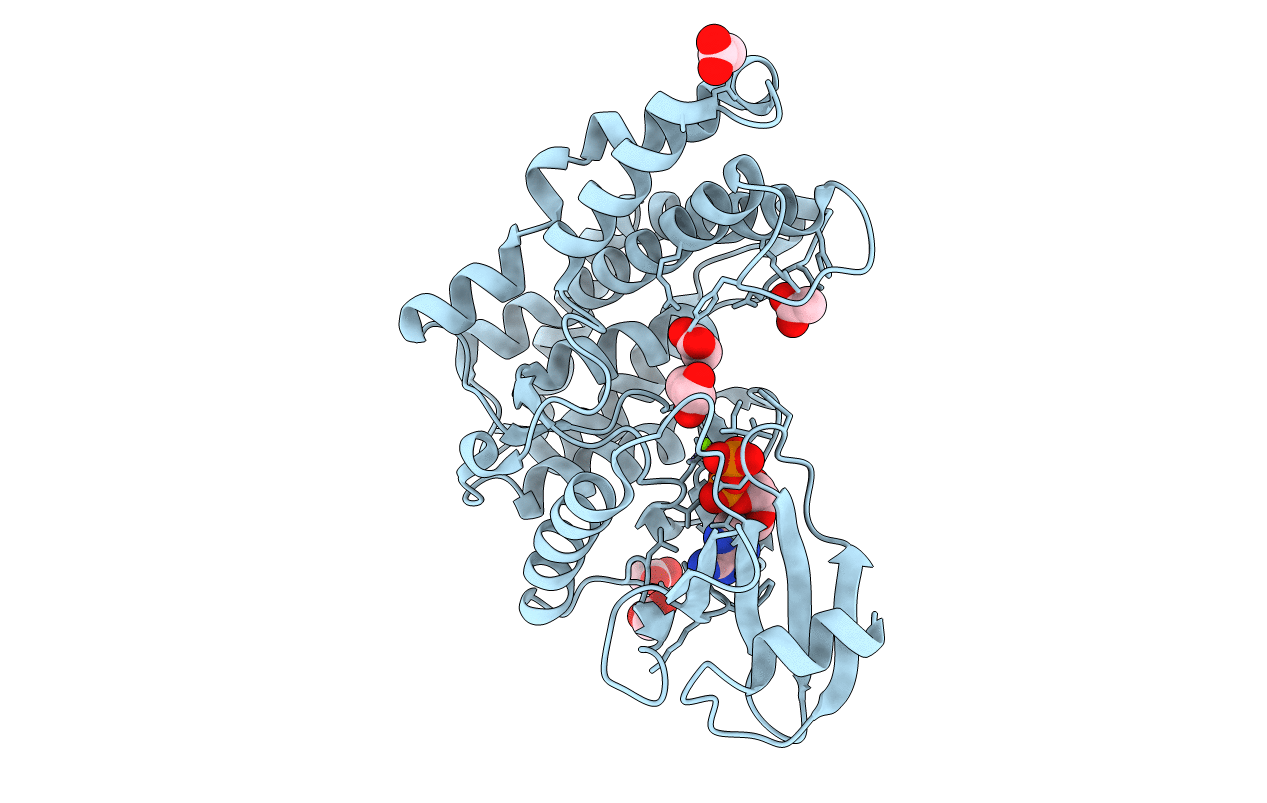
Deposition Date
2014-09-19
Release Date
2015-02-18
Last Version Date
2024-03-20
Entry Detail
Biological Source:
Source Organism:
Bifidobacterium longum subsp. longum JCM 1217 (Taxon ID: 565042)
Host Organism:
Method Details:
Experimental Method:
Resolution:
1.85 Å
R-Value Free:
0.24
R-Value Work:
0.19
R-Value Observed:
0.19
Space Group:
P 21 21 21


